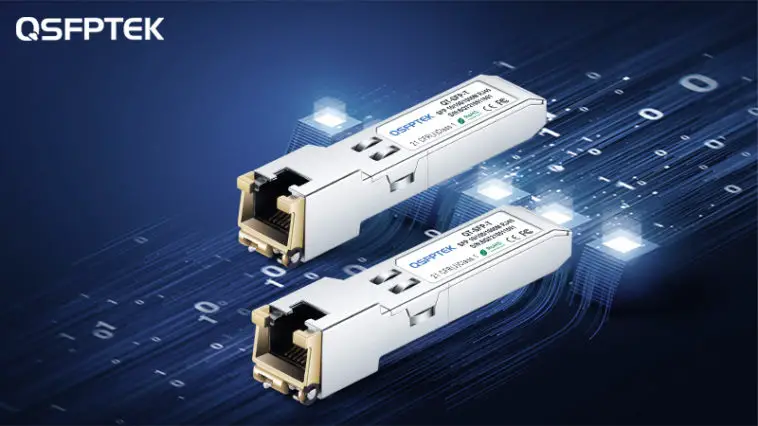Introduction to 10GBASE-T
10GBASE-T is a type of twisted-pair cabling that is capable of transmitting data at a rate of 10 Gbit/s. 10GBASE-T is primarily used in enterprise environments, although some high-end consumer systems are now using it as well.
The 10GBASE-T specification was developed by the IEEE 802.3ae task force and published in 2001. It specifies the transmission rate, media type and length limitations, and other parameters. It is an extension to the base Ethernet standard which specifies only half-duplex transmission on point-to-point connections using coaxial cable or twisted pair cables with maximum lengths of 100 meters for 10Mbit/s connections or 55 meters for 100Mbit/s connections.
10GBASE-T is a twisted pair ethernet standard that can support up to 10 gigabits per second (Gbit/s) data rates over distances of up to 100 meters. It is an IEEE Standard 802.3ab amendment that provides a way to use existing Cat 5e and Cat 6 unshielded twisted-pair cabling for 10 Gbit/s Ethernet.
How does the Data Transfer in the System Operate and Which Phases are Present in this Process?
10GBASE-T is a networking standard for transmitting data over Ethernet cabling at 10 gigabits per second.
10GBASE-T is an IEEE standard for 10-gigabit Ethernet over twisted-pair copper cabling. It was ratified in 2002 and defines the physical layer and data link layer specifications to enable 10 Gigabit Ethernet transmission over existing Category 5e or better unshielded twisted-pair copper cabling with a maximum length of 100 meters.
Data transfer in the system operates in three phases. The first phase is the input phase where data is received by the input device, which could be a keyboard or a mouse. The second phase is the transmission phase where data moves from one or more input devices to an output device, such as a printer or monitor. The last phase is the output phase, where data moves from an output device to one or more input devices, such as a computer screen or paper.
The Performance of a Single Link under Various Conditions
A single link can have different performances depending on the conditions. A URL has a better performance in terms of conversion rate when it is long, short, or contains spaces.
The length of a URL can affect its performance. In general, shorter URLs have higher conversion rates than longer URLs. The same applies to spaces in the URL – more spaces mean fewer conversions and vice versa.
The performance of a single link under various conditions has been studied in this paper. The objective of the study is to provide a better understanding of the performance of a single link and the factors that affect it. We found that the performance of a single link is influenced by many factors such as its position within an email, its length, the number and quality of links included in it, etc.
Conclusion
This article introduces what 10GBASE-T copper modules are and how data is transmitted. Through the introduction of this article, you can know that 10GBASE-T can run in data centers. If you want to know more about 10GBASE-T copper, you can consult QSFPTEK, QSFPTEK can provide you with professional communication industry solution consultation, as well as high-quality and low-cost optical modules. Welcome to get a quote!




